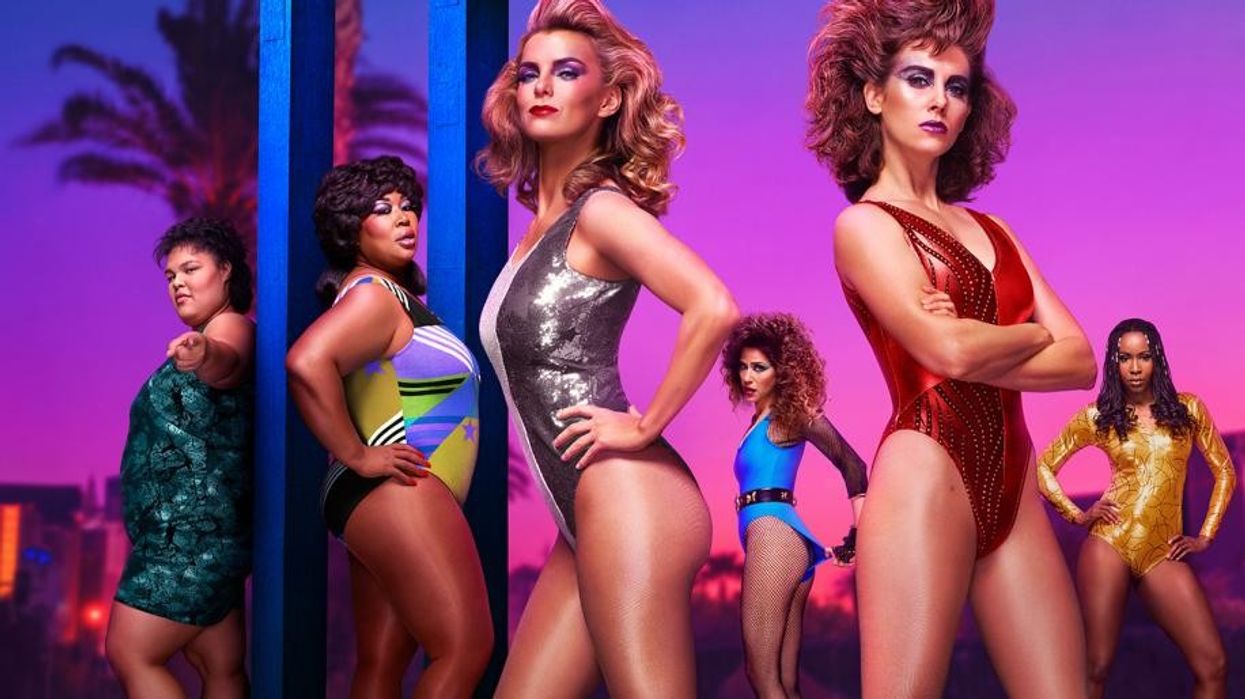Read the Letter Some Members of the 'Glow' Cast Sent to Netflix About Representation
GLOW might be gone, but the show sparked important conversations.

Netflix, unfortunately, canceled GLOW a few weeks ago just before the fourth season was about to begin. The show had a remarkable run, three seasons focused on female friendship.
But as the fourth season came about, some of the cast members found that the storylines for the white characters were more fleshed out and more reflective of the depth of roles they wanted to play.
Show stars took to Instagram to talk about how the prospective fourth season was failing the people of color on the show.
Ellen Wong (who plays Jenny Chey) took to Instagram to post an open letter that she and some of her co-stars wrote to Netflix, asking for them to help with the diversity of the show's writers' room.
Wong's post is captioned, "I could not have done this alone. Hand in hand with my GLOW sisters, and our showrunners, we did this together. It was tough, because we got real, but we were listened to. We are so proud to share this together. Please swipe to read my statement and our letter. I love you, Jenny Chey."
The official letter was co-signed by stars Sydelle Noel, Britney Young, Shakira Barrera, Kia Stevens, and Wong.
Check out their open letter to Netflix in Wong's post.
The letter addresses how some characters are written as stereotypes.
“GLOW has been marketed as a diverse ensemble, but for all of us diverse cast members, it has never lived up to these ideals. Since Season 1, the show has planted racial stereotyping into our characters' existence, yet your storylines are relegated to the sidelines in dealing with this conflict or have left us feeling like checked-boxes on a list. Unfortunately, we feel that the promise of this show has not been fulfilled. There is incredible support, love, and camaraderie amidst the GLOW cast, and it should go without saying that we are not here to take down our white castmates or our show, but to elevate us all in a deeper, more significant way."
The letter also points out a lack of diversity in the writers' staff.
"With zero persons of color in the writers' room this season, it is a huge oversight to be writing our narratives without anyone else to represent us besides ourselves."
Within the letter, there's a list of things they recommend Netflix do to fix these problems, like that the show’s producers hire an executive producer or consulting producer of color to ensure that the show’s characters and storylines were authentically represented. The letter also requests that producers "fully address how portraying stereotypical and racially offensive wrestling personas has impacted our characters’ professional lives and personal dignity."
This is a powerful statement from the cast.
Even though Netflix eventually canceled the show, it's nice to see people fighting behind the scenes for inclusion and representation not just in front of but behind the camera. While we don't know the size of the room GLOW set up for the potential season four, we do know that according to the letter there were no women of color on the staff.
It's safe to say that if you're writing a show, you should make extra effort to include all viewpoints to help sharpen the story and be reflective of the cultures and worlds you want to portray.
Let us know what you think in the comments.











